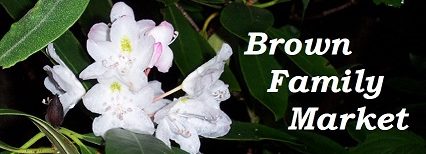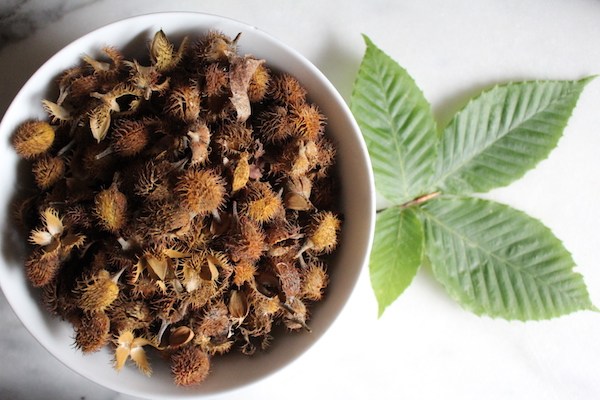Many trees are edible, and you can discover them in The Book of Lost Herbal Remedies. Trees – Their Edible Parts will take a closer look at the bounty that may be waiting for you in your backyard. So, what tree parts can you eat? Well, it depends on the tree. In some trees, you can eat stems, bark, flowers, seeds, roots, berries, and fruit. But not all trees have edible parts. For instance, don’t eat the leaves of a Red Maple. I heard about an incident of a cow eating the leaves of a red maple. The cow got sick and died, and people are susceptible in much the same way. But many trees are absolute smorgasbords of nutritious vegetation. In the paragraphs below, I’ll share some of the best sources of free food from trees. Trees that you might just have in your backyard right now!!
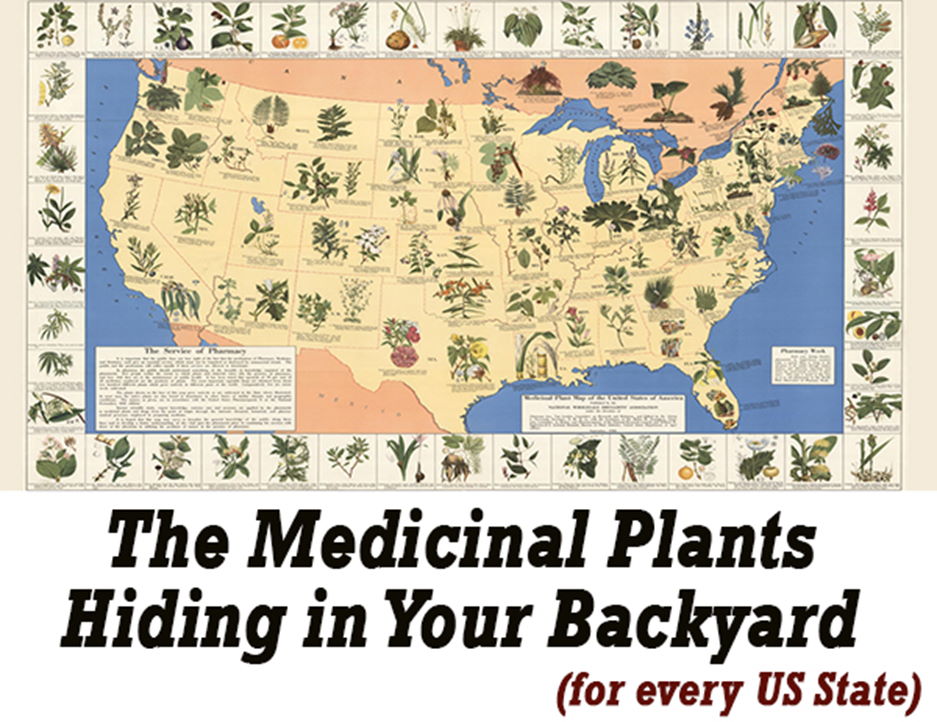
Food and Natural Remedies
Beech Trees – Their Edible Parts
The American beech, Fagus. Grandiflora superb and majestic shade tree that definitely deserves a place in your yard. It is native to the eastern United States, east of the Mississippi River. It is slow-growing and can grow to about 100 feet tall. Often it has a nearly equal spread. It has dark green foliage and grayish bark. The foliage turns golden bronze in autumn. Beech Nuts are the small, edible nuts of this beautiful tree. The Nuts are delicious but not commercially harvested. The nuts can be eaten raw, but some people develop gastrointestinal upset from raw nuts, so it’s best to roast them lightly. The inner bark can be dried and milled into beech bark flour. For many years early Americans added Beech Flour to wheat for bread. You can cook the young leaves as greens in spring. There are also other Beech tree species throughout Europe and Asia equally edible.
Birch Trees – Their Edible Parts
The birch species are widespread and are available throughout much of North America, Europe, and Asia. They have attractive, often smooth or peeling bark but are uniquely beautiful in white-bark varieties. The inner bark of the birch is edible, making it a vital survival food. Native Americans and pioneers dried and ground the inner bark into flour for bread. You can also cut the bark into strips and boil it like noodles. It is also excellent in soups and stews, or you can simply eat it raw. In spring, you can harvest and drink the tree’s sap directly from the tree. You can also boil it down into slightly sweet syrup.
Maple Trees – Their Edible Parts
The Sugar Maple, Acre Saccharum, is a beautiful tree. It also provides some of the best and most intense autumn foliage, ranging from brilliant orange to yellow-orange to bright reds. Sugar maples have distinctive, slightly notched, three-lobed leaves, whereas those of the black maple are more shallow notches. The bark of the black maple is almost black. The sugar maple is famous for the deliciously sweet syrup you can make from boiling down the sap. But few are aware that many other species of the larger maple trees can also be tapped for edible sap. Including the black maple, whose sap tastes almost identical to that of the sugar maple. The silver maple also provides an equally sweet-flavored sap. The syrup you can make from other maples differs considerably in flavor and quality, but feel free to experiment.
The inner bark of maples can be eaten raw or cooked. The seeds and young leaves are also edible. Native peoples hulled the larger seeds and then boiled them.
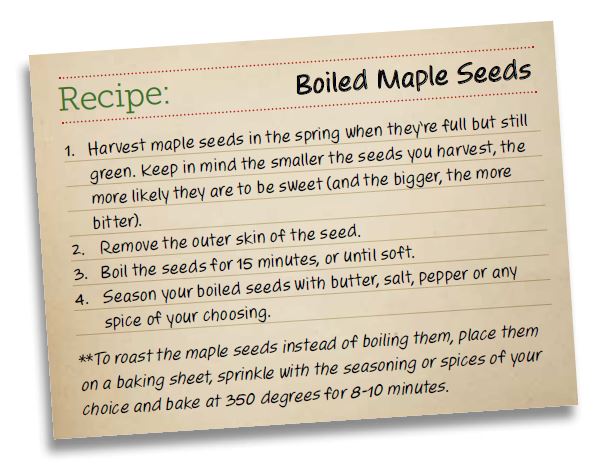
Willow Trees – Their Edible Parts
The inner bark of the willows can be cooked in strips like spaghetti, scraped off and eaten raw, or dried and ground into flour. Young willow leaves are often bitter but can be eaten in an emergency. Willow bark can also be useful for headaches. The active ingredient in willow bark is called salicin. You can use willow bark as an alternative to aspirin, particularly for those that experience chronic headaches, aches, or back pain. Willow bark is also used in some supplement products to aid weight loss.
Mulberry Trees – Their Edible Parts
Mulberry trees are medium-sized, fruit-bearing trees. Their fruit looks a great deal like a blackberry, but they have low acidity and a mild honey-like flavor. The trees have short trunks and rounded crowns. In spring, when the twigs are tender, they are edible, either raw or boiled. The flavor is somewhat sweet.
Walnut Trees – Their Edible Parts
All Walnut or species of Juglans can be tapped for sweet-tasting sap that can be boiled down for syrup, particularly black Walnut and butternut. These two species also produce great-tasting nuts that can be eaten raw or roasted. I love black walnut pancakes. Wow! They are delicious. When harvesting and cracking black walnuts, always wear rubber gloves, or they will stain your hands dark brown.
Poplar Trees – Their Edible Parts
The Poplar or genus Populus includes aspen, cottonwood, and poplars. Their slightly sweet and starchy inner bark is edible, both raw and cooked. Poplar can also be cut into strips and ground into flour. Quaking aspen has edible catkins that can be harvested in spring. Poplars are very fast-growing trees. Some poplar species can grow up to 7 feet per year.
Sassafras
Sassafras tea, made from young roots, is well known and has a pleasingly fragrant aroma that is unmistakable. The green bark from the twigs of this small to medium-sized tree is delicious when chewed. The green buds and young leaves are also tasty and edible and make a great addition to salads! Stews and soups can be flavored with the dried leaves, but be sure to remove the tough portions of the leaves before cooking.
Oak
The oak tree itself is not edible, but almost any type of acorn can be made palatable. Some varieties, such as the Emory oak and the Oregon White oak, have a lower tannin content than others, making them tastier and easier to prepare. On the other hand, the Black oak often produces nuts that are extremely bitter and which may require lengthy processing. The processing involves boiling the acorns after they are shelled. The tannin leaves a brown discoloration in the water. So, you boil them, change the water, boil them, and change the water as many times as necessary, until the water is clear. They are often too bitter to eat without this process. Then you roast and lightly salt or spice them and enjoy!

The Book of Lost Herbal Remedies
There are additional survival food trees available, depending on your location. In The Book of Lost Herbal Remedies, you will find all of this information and more. You will also get high-resolution photos of the plants, their locations, how to harvest the eatable parts, and how to prepare your harvest. Trees, plants, flowers, herbs, and spices from all over North America appear in The Book of Lost Herbal Remedies. You will have all the knowledge to survive off the land in North America. As well as numerous remedies for various diseases and ailments. It’s a great book that I highly recommend!!!
The Only Tree a “Prepper” Should Grow in Their Backyard
It’s a superfood tree that has been quietly making its way into many American backyards. It is not a native, but if you can spot this peaceable invader, it will provide you with food with more protein and calcium than milk, four times the iron of spinach, and a LOT more!!
This tree and much more can be found in this must-have book for anyone who wants to be healthy the natural way! Many lost remedies are within the pages of this Astonishing Book. Get your copy today!!!
The Lost Book of Herbal Remedies
Cottonwood bud oil is beneficial for relieving pain and inflammation in swollen joints, carpal tunnel, and muscles. Massage the oil or salve into the affected area 3 times per day.
You’ll find over 800 beneficial plants and remedies in “The Lost Book of Herbal Remedies.” It includes recipes of essential oils, tinctures, teas, salves, syrups, poultices, infusions, and many other natural remedies our grandparents used for centuries. What’s also unique about this book is that it has between 2 and 4 high-definition color pictures for each plant and detailed identification guidelines to make sure you’ve got the right plant.
Coronavirus and Home Remedies
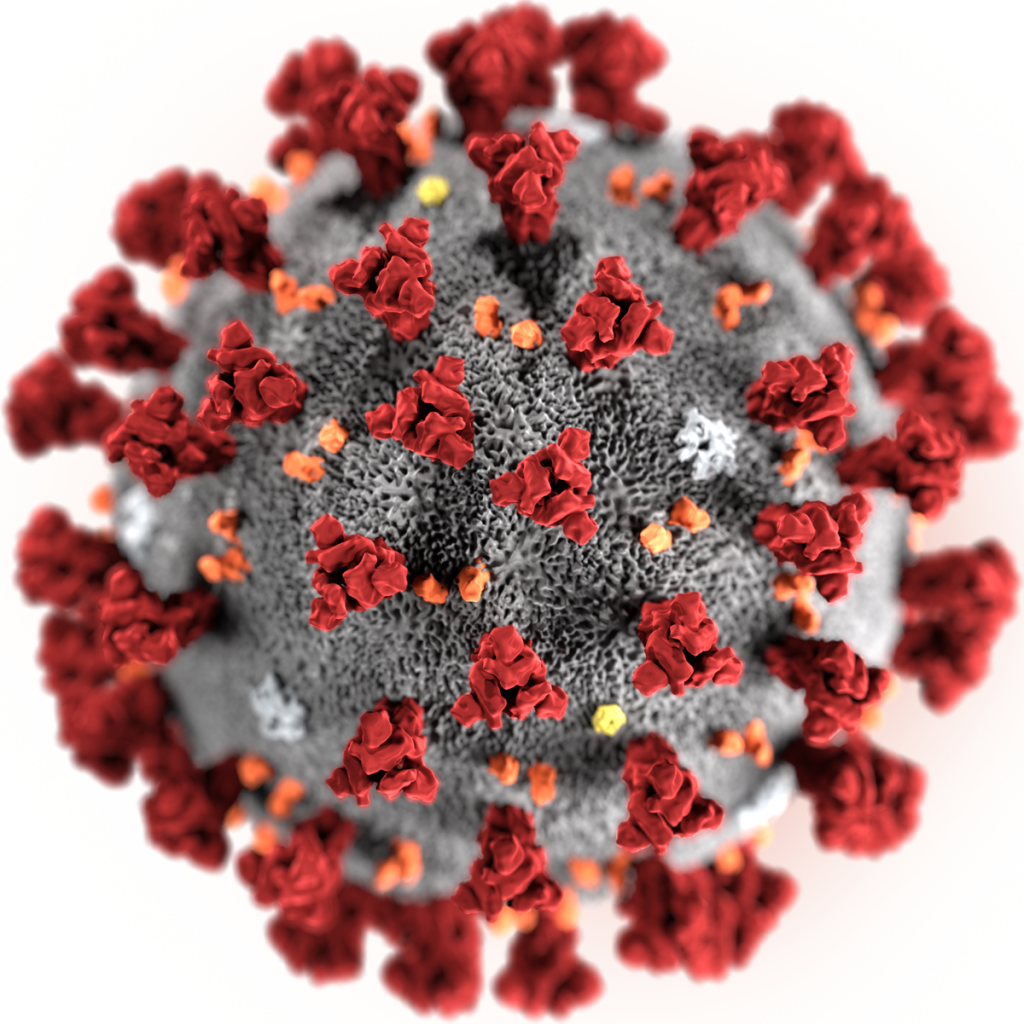
There are three plants you need to throw in your shopping cart to fight coronavirus. With the help of Dr. Nicole Apelian, you will be able to pinpoint the three most important plants you need to add to your diet to fight viruses, including coronavirus. Because she’s done research concerning ALL the remedies and medicinal plants of North America and included them in one book: The Lost Book of Herbal Remedies.
Unfortunately, there is a huge rush to buy this book right now as people are preparing their pandemic supplies. She’s barely able to spare 100 copies for her website members. So, if you can act fast, you might still find a copy reserved in your name! This book provides the most potent natural remedies that grow near you. Don’t miss out!!!

